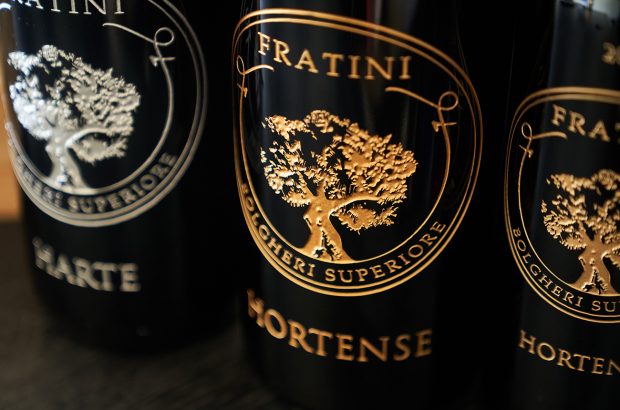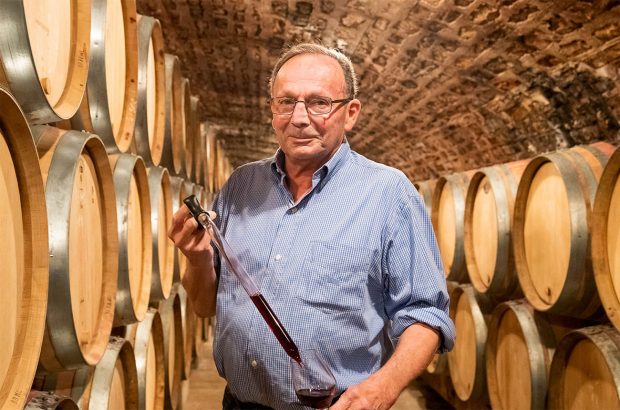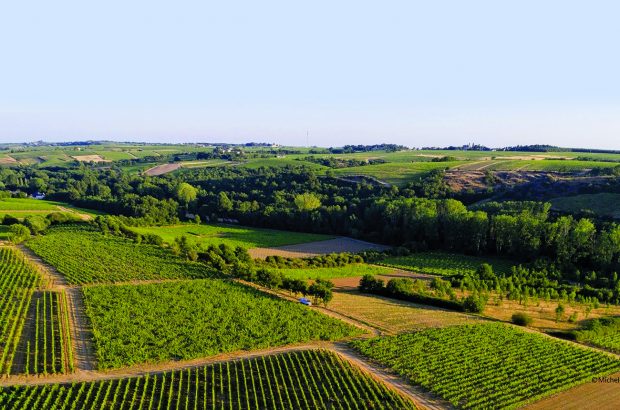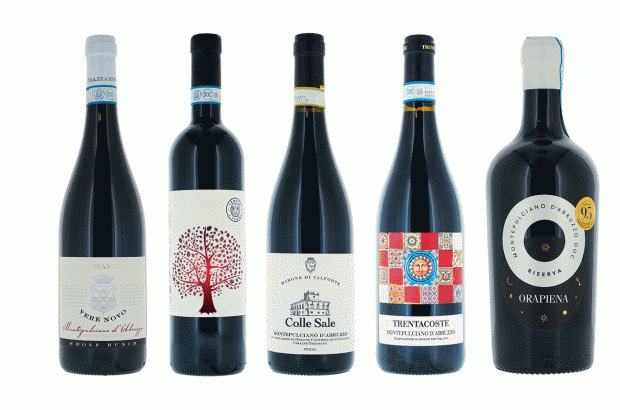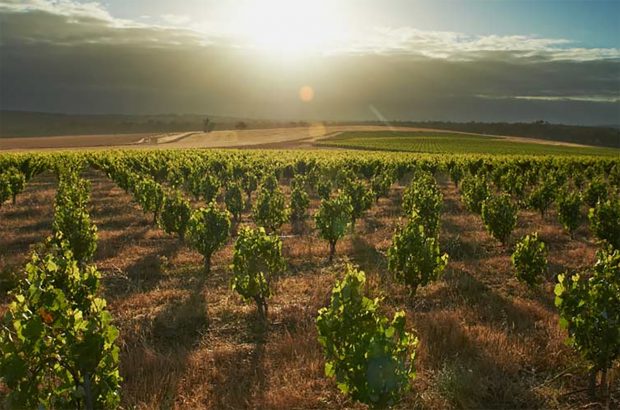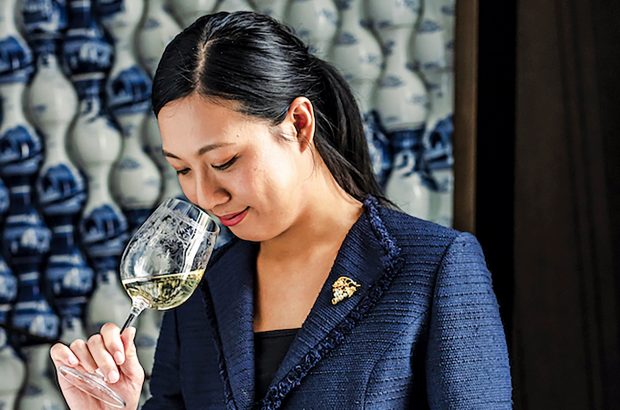New York and Michigan
- The best all-round fizz producer at the tasting was definitely Glenora.
- There is no doubt that New York has the potential to produce fine sparkling wine.
- In Michigan I found many similarities with New York.
- All that has held back the quality of Michigan reds so far has been immature vineyards and a lack of experience.
It was the first February of the new Millennium and I was visiting wineries in New York and Michigan for two entirely different reasons. First and foremost these two states comprised one of the New World areas I wanted to examine for my Champagne & Sparkling Wine Guide 2001. Second, and at least as important, I was there to pick up on general developments across all styles of American wine in the region.
New York tasting
Every winery in New York state was asked to submit their sparkling wines to a centralised tasting held at the Glenora Inn, on Seneca Lake in the Finger Lakes AVA, where I based myself for three days. Although it claims the oldest American winery in continuous operation and Americans tend to think of New York as an old winemaking state, the vineyards here, as in the rest of the northeast, have been dominated by Vitis labrusca and French hybrids until relatively recently. A Ukrainian by the name of Konstantin Frank had shown in the 1950s that classic vinifera varieties could be grown, but the Geneva viticultural station stubbornly proclaimed it was far too risky. Some significant plantings were made in the mid-1970s, but Frank’s views were still in conflict with those at Geneva in the 1980s, and it was not until the early 1990s that vinifera really took off.
The tasting was very mixed, but that is often the case in up-and-coming areas. However, some of the sparkling wines were so badly made that they reminded me of production in certain parts of the Third World where the winemakers are not exposed to international standards. In New York, however, no such excuse is possible, thus the growers have only themselves to blame. The only thing more puzzling than the dire quality of these wines is the fact that they sell a lot of them.It was not all doom and gloom, though. The best all-round fizz producer at the tasting was definitely Glenora. The crisp, zesty Glenora 1996 Extra Dry was the best Riesling-based sparkling wine, and a pre-release sample of Glenora 1998 Blanc de Blancs was the top fizz overall. Its fine apple-blossom aromas, nicely balanced fruit and acidity, and elegant mousse gave this blanc de blancs a finesse that others lacked. Other recommendations include Château Frank 1995 Blanc de Blancs, Château LaFayette Reneau 1997 Blanc de Blancs, Lakewood 1994 Brut, McGregor 1995 Blanc de Noirs, McGregor 1996 Sparkling Riesling, Pugliese 1997 Blanc de Blancs, Swedish Hill 1996 Brut, Wagner 1997 Riesling Champagne, and Hermann J Weimer 1997 Cuvée Brut 2000.
There is no doubt that New York has the potential to produce fine sparkling wine. One winery that looks set to rise above the rest is Lamoreaux Landing. Even though its most successful cuvées, the 1995 and 1996, are really much too coconutty-oaky for a classic sparkling wine, oak cannot hide the finesse and there was something about winery and the people who run it that just rings bells. I have no doubts whatsoever that Lamoreaux Landing is a class player.
As for the state’s still wine, I did not get as complete an overview as I did for the fizz. The wines were all from a small selection of Seneca Lake wineries, but from those tasted it is clear that the Finger Lakes area is making infinitely better wine than it did 10 years ago. It is equally clear that it is one of the best places on earth to produce dry Riesling and, if any red wine will work here, then it must be Pinot Noir. Highlights included Fox Run 1998 Pinot Noir Reserve, which was a distinctive step up from the basic 1998 and, for that matter, the 1997 Reserve, although both of those wines showed elegant, cherry-redcurrant Pinot fruit. Lakewood 1998 Pinot Noir Reserve was almost as good in a fuller, more complex style.
It was the dry Rieslings, though, that grabbed me. Fox Run’s 1998 was ready to drink, with its ripe, elegant fruit, but the 1996 showed real bottle development, although the 1994 might be too petrolly for all but the most devout followers of this grape. The 1995 was markedly different, much fatter, showing no petrol and dominated by ripe peach and a hefty whack of noble rot, yet still quite racy. At Lakewood I liked all the Rieslings with one exception, the 1989, which was over the hill. The 1990 was still very much alive, however, albeit with a curious and not at all unpleasant raspberry-ripple fruit with a touch of vanilla on the nose.
My favourite though was the 1995, which was less petrolly than the excellent 1997, but simply stunning due to its high level of ripe acidity. I loved Lamoreaux Landing’s petrolly 1997 Dry Riesling and softer 1995, but this winery’s semi-dry Rieslings were the most beguiling, particularly the exquisitely racy 1996 and fuller, fatter, far more luscious 1995.
I cannot end my summing up of New York wines without mentioning the Fox Run 1998 Gewürztraminer because most New World versions of this grape are picked before they are fully ripe, acidified and show very little spice. Fox Run is an exception, with its authentically low acidity and the promise of true spice in the future.
Michigan tasting
In Michigan I found many similarities with New York. Firstly there is the same labrusca-hybrid history. Secondly, Riesling is the best variety, Pinot Noir shows promise and there is potential for sparkling wine. Comparatively, the quality of dry Riesling is not as high across the board, although in specific instances it is (ie Château Grand Traverse 1998 Select Harvest, Château Grand Traverse 1993 Select Harvest and Shady Lane 1995 Dry Riesling).
There is also a smaller proportion of sparkling wines that can be recommended and they don’t rate as highly as those in New York, although one wine from one producer, the ‘Mille 1995’ from L Mawby almost does. In fact, Larry Mawby makes most of the best and some of the worst sparkling wines in Michigan and I would not want it any other way. He is as fanatical a follower of the sacred bubble as I have met. It’s easy to see what he’s doing wrong: the second fermentation should be cooler and the wines should spend less time on lees, but mostly he is producing far too many different cuvées. He needs to focus, but he cannot do that until he has satisfied his own curiosity and when he has done this his increased attention to detail will result in greater finesse. It will happen. Other notable bubblies include Shady Lane 1997 Blanc de Blancs, Shady Lane 1997 Brut, Bel Lago Brut (1998 and 1997), Bel Lago NV Brilliante, L Mawby NV Crémant (only the current cuvée and drink young) and Good Harbor NV Moonstruck (drink young).
Where Michigan out-performs New York, however, is in the red wine department, although Sean O’Keefe would seek to disagree. Sean is the son of Ed O’Keefe II, the founder of Château Grand Traverse and Michigan’s foremost vinifera pioneer. Sean believes that northern Michigan is white wine country and white wine country alone. He reckons that although it may be possible to produce a decent red wine, this will be possible only one year in 10 and trying to build a reputation on the wishy-washy wines made between such climactically exceptional years would be a mistake. I agree that it would be wrong for Michigan to build a reputation on anything other than quality products.
I also concede that Michigan’s climate is difficult for red wine viticulture. However, these factors should make growers cautious, not defeatist, and they do not constitute the reason why most northern Michigan reds have until recently been unexciting. If a decent red wine is possible only one year in 10, how come I found excellent examples from three consecutive vintages: 1997, 1998 and 1999? In addition to great promise found when barrel tasting the 1999s, I came across no less than seven of truly world class: Black Star Farms 1998 Leori Vineyard Merlot (nicely coloured with lovely, soft yet complex fruit), Black Star Farms 1998 Arcturos Cabernet Franc (surprisingly lush fruit for Cabernet Franc), Black Star Farms 1998 Arcturos Pinot Noir (serious Pinot; as soon as I tasted it I said ‘That’s the one I want with dinner tonight!’ – the cheapest and the best of Black Star Farms’ three reds), Leelanau Cellars 1997 Pinot Noir (succulent fruit, beautifully balanced), Leelanau Cellars 1997 Meritage (a classy wine with well-integrated oak and fruit), Bel Lago 1998 Tempesta (a seamless blend of Cabernet Franc and Merlot with small percentages of other varieties including Dolcetto and Lemberger) and St Julian 1998 El Niño (great finesse and complexity).
I can understand O’Keefe’s conviction that Michigan is white wine country and I was certainly not expecting to find such red wine excellence, but I cannot ignore what I’ve tasted and I think I can explain it. I do not think it a coincidence that all but one of the seven world class reds were from northern Michigan or that five of those seven (Black Star Farms and Leelanau Cellars) were made by the same person (Lee Lutes) or that he happens to have more red winemaking experience than anyone else in northern Michigan. The fact that the three vintages in question happen to be the most recent is another clue. Northern Michigan has the potential for top quality red wine, but the classic black grape varieties planted are relatively few and comparatively young. All that has held back the quality of Michigan reds so far has been immature vineyards and a lack of experience. When the red vineyards expand and gain maturity, so their owners will learn to tame the vigour in the canopies (a current problem) and other winemakers will have the raw material necessary for their own learning curve to match that of Lute.
Although there is enough Chardonnay in the world, there is no doubt that good examples of this variety have been produced at the following wineries in the years indicated: Bel Lago (1999), Leelanau Cellars (1995), Willow Vineyard (1996), Raftshol (1998), Château Grand Traverse (1998), Chateau Chantal (1999) and Ciccone Vineyards (1998). Ciccone Vineyards (owned and run by the father of pop star Madonna) also makes an excellent, unpretentious Pinot Grigio and a lovely plump Chardonnay, plus a very good Cabernet Franc, but the potential exists here for other styles too. I had heard that Tony Ciccone made one of Michigan’s best Gewürztraminers, but work needs to be done in both the vineyard and winery. At the moment Peninsula Cellars 1999 Dry Gewürztraminer is the best example of this variety. I cannot close without mentioning Leelanau Cellars 1997 Baco Noir, which was one of the best examples I have tasted from this hybrid.
Overall, my Michigan trip was very instructive. When Ed O’Keefe planted exclusively vinifera vines in 1974 they reckoned he was mad and that was barely more than 25 years ago. It is very early days for this state’s wine industry and there is still a long way to go, but the progress so far has been impressive. I certainly did not expect to be so smitten by red wines and I most definitely will be back.








